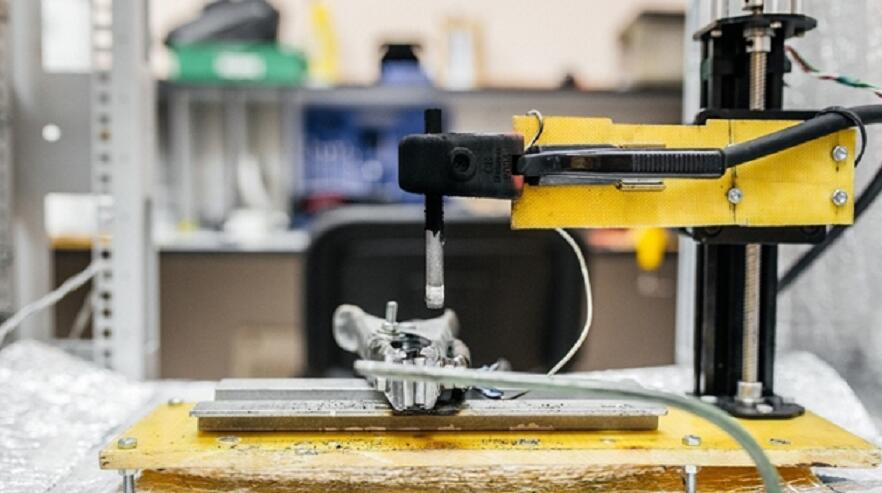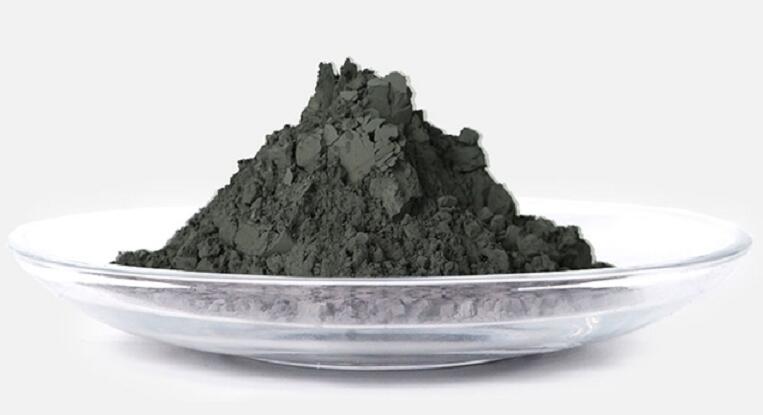
Researchers at Tomsk Polytechnic University (TPU) in Russia have developed a method that can produce tungsten carbide and other superhard materials in a non-vacuum environment and can use waste carbide drill bits, tools, and other tungsten carbide waste materials as raw materials. It is more economical and environmentally friendly, and the production process is relatively simple. Relevant research results were recently published in the journal “International Journal of Refractory Metals and Hard Materials“.

Tungsten Carbide Powder
Tungsten carbide (WC) is the main raw material for hard alloy drill bits, cutting tools, and other wear-resistant parts. It has good electrical conductivity, thermal conductivity, compressive strength, corrosion resistance, and other excellent properties, and its hardness is similar to that of the diamond.
Cemented carbide is known as the “industrial teeth” and is one of the important raw materials for the development of modern national defense, aerospace, information technology, and emerging industries in the future.
Since it was discovered in the 1970s that hydrocarbons can undergo hydrogenolysis reactions on tungsten carbide, researchers have begun to actively explore the possibility of replacing precious metal materials such as platinum and palladium with tungsten carbide as catalysts to produce hydrogen from water.
Platinum group elements have excellent electrocatalytic activity, and their hydrogen overpotential is low, but they are expensive and easily produce toxic by-products. Tungsten carbide has surface electronic properties similar to platinum, has the characteristics of replacing platinum and other precious metal catalysts, and has a good anti-poisoning ability.
TPU researchers have successfully developed a method for synthesizing tungsten carbide nanopowder in a non-vacuum environment. This method can significantly improve tungsten carbide production technology and is simpler, cheaper, more compact, more efficient, and more reliable than traditional production methods.
Alexander Pak, a researcher at TPU’s “Eco-Energy 4.0” Research Center, explained: “Due to the use of special-shaped graphite electrodes in the generation of arc plasma, we are able to generate spontaneously insulating gaseous media without a vacuum chamber. This greatly simplifies the process and reduces energy consumption many times.”
Alexander Pak said that another advantage of this method is that worn drill bits, used tool parts, and other waste materials containing tungsten carbide can be used as synthetic raw materials. In addition, this new method is also suitable for the synthesis and efficient processing of other superhard refractory materials, such as titanium carbide, silicon carbide, or boron carbide materials.
The TPU research team plans to further optimize the technical process for practical applications and expand the application of this method to waste recycling. The research project was funded by the Russian Science Foundation.
Thank you for reading our article and we hope you’ve enjoyed it. If you want to know more about tungsten and other refractory metals, we would like to advise you to visit Advanced Refractory Metals (ARM) for more information.
Headquartered in Lake Forest, California, USA, Advanced Refractory Metals (ARM) is a leading manufacturer & supplier of refractory metals & alloys across the world. We provide customers with high-quality refractory metals & alloys such as tungsten, tungsten alloys, titanium, titanium alloys, molybdenum, tantalum, rhenium, and zirconium at a very competitive price.
Copyright © 1994-2024 Advanced Refractory Metals owned by Oceania International LLC, All Rights Reserved.